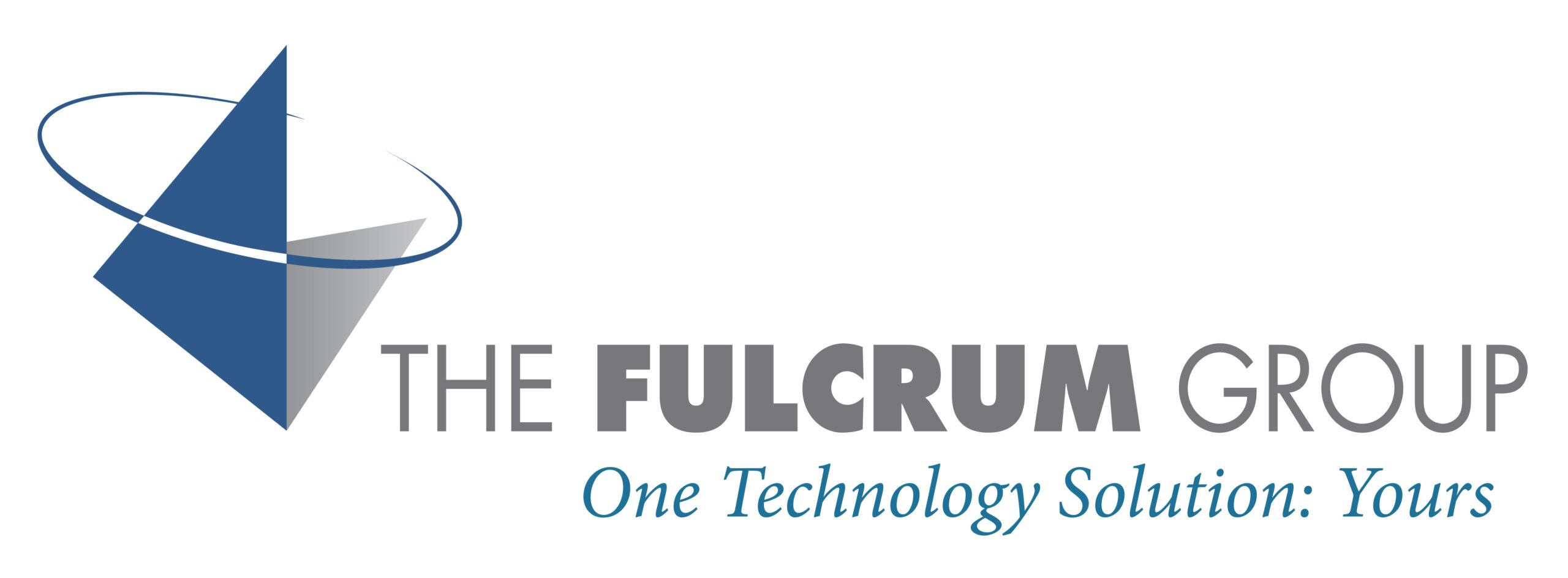
2023 is turning out to be major shift in cybersecurity. Businesses are increasingly turning to technology for digital transformation, Artificial Intelligence is bringing new, unintended risks, and cybercriminals continue to ramp up their cyber-attack efforts. This has lead to new cybersecurity trends, and business owners need to be aware of and prepare for these trends. Keep reading for the Top 10 Cybersecurity Trends of 2023.
- Cloud Cybersecurity – According to more data by Statista, cloud security is the fastest-growing segment in the Cybersecurity market, with a projected growth of nearly 27% from 2022 to 2023. This is mainly due to the increasing demand for cloud solutions in the wake of the COVID-19 pandemic. While more companies are choosing cloud for data storage, server migrations, and SaaS applications for the convenience and faster accessibility, there is also a growing need to secure cloud data during both transmission and storage to prevent unauthorized access. How secure are your cloud vendors?
- Mobile Cybersecurity – Users can now access corporate data and applications all from their smart phone. With just a few taps in an app, users can provide a quote or place an order for a client, even while at lunch or dinner. Every app stores our data, search and order history, and location information. The number of attacks in this sector will continue to grow along with the market, and malicious actors will exploit simple opportunities in e-commerce, banking services, and online booking to take advantage whenever possible. How are you securing your users’ mobile devices?
- IoT – The number of network-connected devices continues to exploded in businesses – cameras, temperature sensors, device controllers, and more. Smart devices, smart homes, and voice assistants have become integral to our lives. However, we need to remember that each such device can be hacked and taken over by a cybercriminal. The problem is often exacerbated when non-IT installers install IoT devices but don’t involve IT or consider Cybersecurity implications. How are you securing IoT devices in your IT environment?
- Remote Work – Remote work has relaxed the control companies have over their employees’ safe use of data. Cybercriminals, along with those engaged in phishing and social engineering, have taken advantage of this loophole, using increasingly sophisticated attack methods to compromise networks. Secure authentication management and authorized access to company data are the main methods of protecting this sector. Social engineering is still a factor to be reckoned with and is also evolving. Over the years, attacks have become multi-channel, meaning that the same user receives phishing emails and is targeted through SMS and social media.
- Cyber Insurance – As cyberattacks and the levels of risk associated with them continue to grow, so do new related industries designed to mitigate these risks, including cyber insurance. Organizations turn to it to minimize threats and financial losses from attacks. To obtain full insurance coverage, demonstrating a company’s proper level of protection is increasingly becoming mandatory. Small and medium-sized enterprises may need help meeting the cyber insurance requirements that keep company data safe.
- Zero Trust – The concept is based on “never trust, always verify.” In a zero-trust environment, users are constantly checked, reassessed, and reauthenticated using multiple authentication methods. Gartner believes that Zero Trust Network Access (ZTNA) is the fastest-growing form of network security, which will grow by 31% in 2023 and completely replace VPNs by 2025.
- Artificial Intelligence – Artificial intelligence (AI) has exploded onto the IT scene in 2023, bringing new capabilities and an extraordinary amount of cyber risk due to the rapid implementation. As you implement AI, are you considering how to secure it?
- Attack Detection Tools – Each attack potentially leads to severe consequences because safeguards are either not in place or currently unavailable. A successful data breach can cost millions of dollars, and the amount depends directly on the type of attack and its duration, as well as the loss of reputation, customer loyalty, and the customers themselves. There are no forecasts or guarantees for any specific business or industry—any company that stores data on a network can be attacked. The only way organizations can stop an attack or reduce its impact is to identify unusual activity across their entire ecosystem of users, applications, and infrastructure. Tools such as SOC as a Service, SIEM, and MDR will continue to increase in popularity.
- Outsourcing Cybersecurity – As cyberattacks become increasingly sophisticated, many companies need help to ensure a high level of security on their own, as internal IT teams lack the Cybersecurity skills needed to protect their internal IT environments. This has led to the creation of Managed Security Service Providers (MSSPs). MSSPs deliver advanced Cybersecurity solutions for a fixed price per month. Undoubtedly, cyber insurance has raised the bar for the level of protection required, and now MSSPs will help bridge the gap. Have you considered using a MSSP?
- Application Security – As businesses shifted online to stay afloat during the pandemic, the forecast for application security spending is projected to surpass $7.5 billion, according to Statista. Your applications might be susceptible to hacking, zero-day attacks, and identity theft. Ensuring application security demands professionals write secure code and design secure application architecture, implement robust data entry verification, and address vulnerabilities promptly to prevent unauthorized access or modification of application resources.
We have discussed cybersecurity trends based on the latest developments at the intersection of technology and business. Understanding these trends allows you to assess the risk of attacks for your business, consider a Cybersecurity plan, and put it into action. Want to learn more about Fulcrum Group’s SPOT Shield Managed Cybersecurity plans? Reach out to schedule a complimentary Cybersecurity Risk Assessment.
